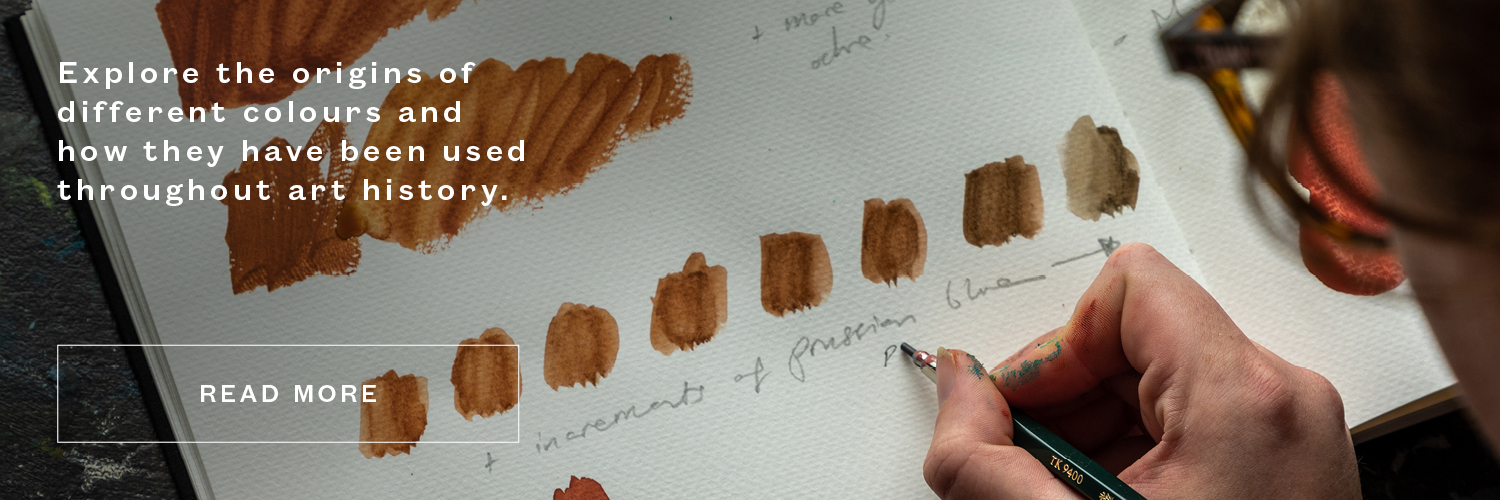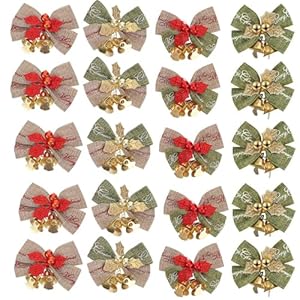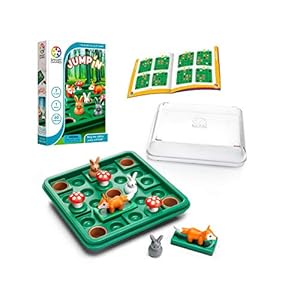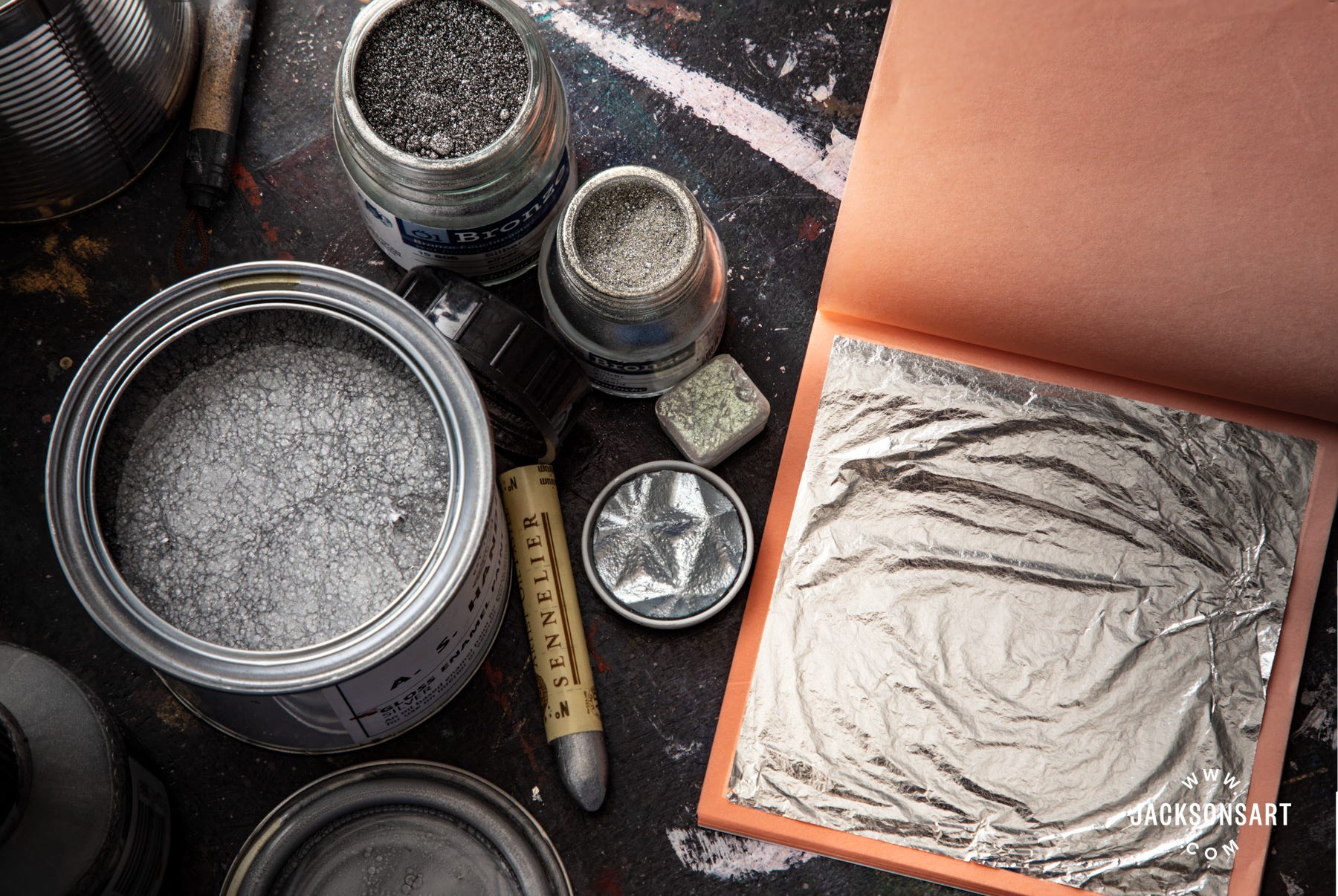
Silver is a precious metal that has been used in art around the world for thousands of years. Along with its distinctive shine, it has long been believed to have magical and healing properties. This article explores some of the ways that silver has been used throughout art history, from Japanese lacquer painting to European silverpoint drawing.
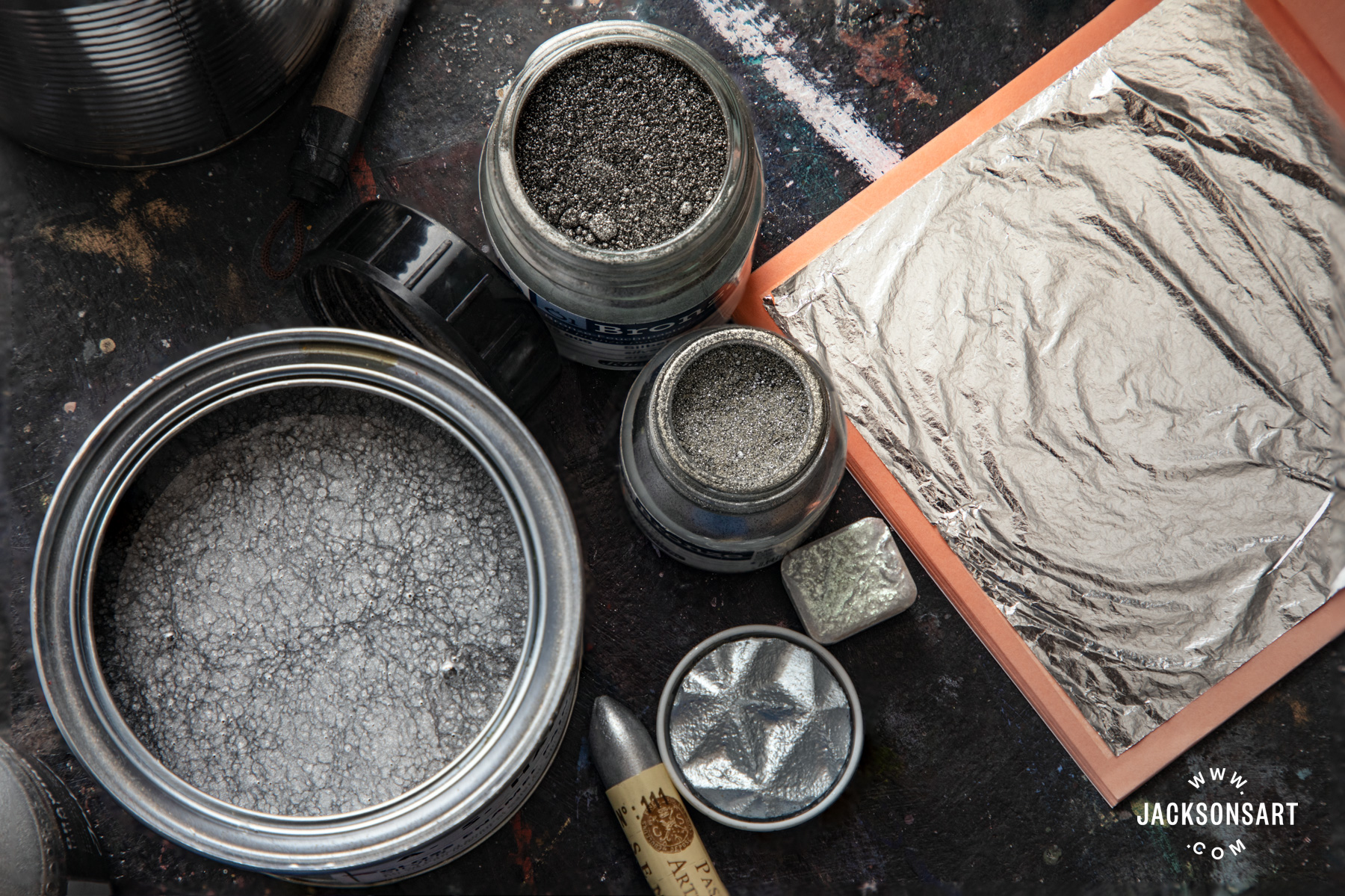
The Use of Silver in Art
Silver is a soft, malleable metal that has been extracted and processed since around the 4th millennium BC. It has long been seen as a complementary companion to gold. In many civilisations, from the Ancient Egyptians to the Aztecs, silver’s pale gleam was associated with the moon, while the warm lustre of gold represented the sun.
Like gold, the shine of silver made it an attractive material for ornamental or ritual objects, but its value was not only decorative; for thousands of years it has been believed to have healing and protective powers. This belief sprang from the fact that the metal has natural antimicrobial properties. We can imagine that ancient people discovered that food and drink stored in silver containers kept for longer and that wounds bound with silver leaf were less prone to infection. The protective qualities of silver extended to supernatural beliefs; mirrors, which used to be made from the metal, were thought to deflect evil. A later superstition that emerged in the 18th century was werewolves’ vulnerability to silver bullets.

Mirror, 13th–15th century
Chimú or Chancay, Peru
Silver (hammered), 4.1 x 11.4 cm | 1 5/8 x 4 1/2 in
Metropolitan Museum of Art
Silver in Japanese Art
From the 17th century, Japanese artists and craftsmen refined various techniques for integrating metals into a range of different media. One of these methods was applying silver leaf, hammered into sheets under a micron thick, to paper and then painting over it with lacquer. This was used to create album leaves (mounted paintings) and decorative folding screens.

Scenes from the Tale of Genji on Silver Ground [right of a pair], 18th century
Unknown Japanese Artist
Ink and colour on silver leafed paper, 157.48 × 359.41 cm | 62 × 141 1/2 in
Minneapolis Institute of Art
The silver in the above folding screen panel has tarnished, so it now appears mottled and dull. When it was first made it would have been highly reflective, casting light into the room in which it was used.
Another technique was to brush powdered silver onto size (a glue used to adhere metal leaf to a surface). This could be used to add shiny details to woodblock prints. In the below print by Utagawa Kuniyoshi, silver powder has been added around the moon.

Autumn, from the series Women’s Pleasures of the Four Seasons, ca. 1844–46
Utagawa Kuniyoshi (Japanese, 1797–1861)
Triptych of woodblock prints; ink, silver, and colour on paper, 24.8 x 56.2 cm | 9 3/4 x 22 1/8 in
Metropolitan Museum of Art
While gold is chemically inert, silver tarnishes when it reacts to sulphur-laden gases in the air. This can happen very rapidly; in some conditions as quickly as three months. Because of this, many images containing silver have become dull.
Silver Leaf in European Painting
When we think of metal leaf in medieval art we often think of gold, which was used extravagantly in altarpieces and manuscripts. Gold was generally valued more highly in the medieval period, but silver leaf also played a significant role – it was used to decorate sculpture, embellish manuscript illumination, and to add lustrous shine to devotional images. However, it’s tendency to tarnish means that many examples have deteriorated over the centuries.
With the increasing popularity of oil painting in the 15th century, silver leaf was sometimes applied beneath a thin glaze of translucent oil paint. In Joos van Cleeve’s portrait of Francis I, it was applied underneath his crimson doublet and overpainted with a red lake glaze. This very subtle technique adds depth and richness to the garment. Because the metal is protected from the air by the layer of oil paint, it has remained untarnished, even after almost 500 years.

Francis I (1494–1547), King of France
Workshop of Joos van Cleve
Oil on canvas, transferred from wood, 40.6 x 32.7 cm | 16 x 12 7/8 in
Metropolitan Museum of Art
Silverpoint
Perhaps the most significant way that silver has been used in European art is with silverpoint. It involves preparing a surface with gesso, marble dust, or bone ash so that it has a slight ‘tooth’. When a silver stylus is dragged across the abrasive surface it leaves tiny particles of metal, creating a grey mark. It is a technique that long preceded the graphite pencil.

Portrait of Alain de Coëtivy (1407–1474), ca. 1451–55
Jean Fouquet
Metalpoint, black chalk on white prepared paper, 19.8 x 13.5 cm | 7 13/16 x 5 5/16 in
Metropolitan Museum of Art
Silverpoint doesn’t have a large tonal range, but it produces beautifully light, precise, and feathery lines and its tone develops to a warm brown-grey over time. Many other soft metals are also suitable for the technique including antimony, tin, and gold. Despite the introduction of modern graphite pencils in the 18th century, silverpoint is still used by contemporary artists.
Modern Silver Paints
A variety of metallic paints, including silver, are available to artists working in many different media today. These are made using mica, highly reflective silca particles that replicate the genuine metal’s high shine. Given silver’s vulnerability to tarnishing, these imitation paints are much more permanent than the genuine metal, and maybe a better choice for many applications. When using genuine silver leaf or powder, it is recommended to seal it with a varnish to protect it from exposure to the air. Silverpoint drawings don’t need to be varnished, as the tarnishing is part of the medium’s unique character.

Compared to gold, silver is often a little overlooked. This is partly because it has not stood the test of time in many historical images, and also because it is not as expensive and valuable as gold. Nevertheless, silver has played a distinguished role in the history of art, and the ways in which this lustrous metal has been used throughout history can provide inspiration for many artists working today.
Further Reading
The Art of Silverpoint Drawing: History, Materials, and Techniques
The Dark History of the Pencil
The Radiant History of Gold in Art
Metallic Effects for Oil Painting With Schmincke Oil Bronze Powders
Shop Silver on jacksonsart.com
Trending Products

